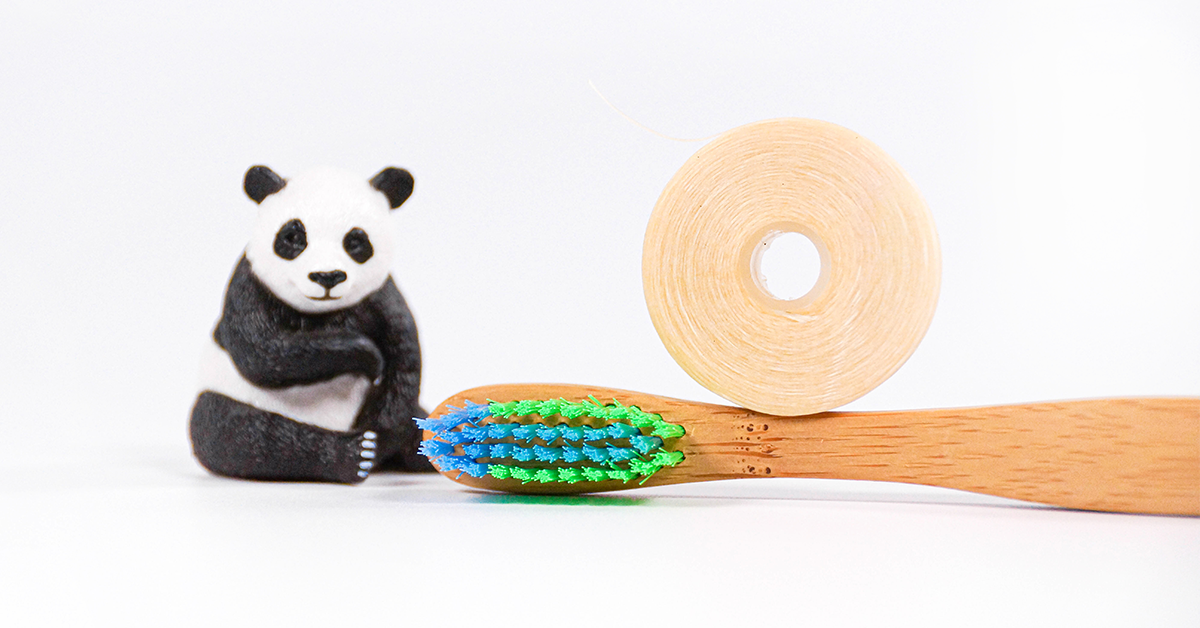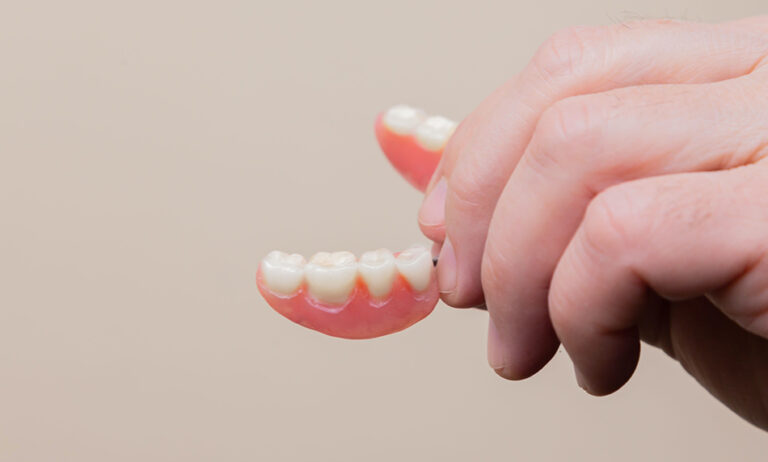Interdental brushes have become incredibly popular over the last few years, and more people than ever purchase them and use them regularly. There’s been some debate about which is better, and the truth of the matter is that both are important for good oral healthcare. According to an interesting study, each one has its place depending on an individual’s unique needs.
The Major Similarity: Plaque Control
Both dental floss and interdental brushes serve a critically important function: they remove plaque from between the teeth and in other hard-to-reach areas. A study published in the June 2019 Dentistry Journal publication looked into all of the various interdental devices – everything from dental floss to toothpicks and interdental brushes – to determine once and for all which device was best. They found that there is no single device that works well for everyone in every situation and that both dental floss and interdental brushes are important depending on the individual scenario.
The Findings
The researchers prefaced the findings by stating that effective plaque removal cannot be achieved with brushing alone, which means there is an undeniable need for additional cleaning aids.
- Flossing – Dental floss is capable of achieving significant plaque removal, but only when it is performed correctly – something that occurs infrequently. Even among those who floss every single day, the quality of that flossing is often lacking. As such, the researchers concluded in this paper that “bad” flossing has very few (if any) significant benefits over brushing alone.
- Interdental Brushing – The researchers concluded that interdental brushing was a better “monotherapy” than brushing alone. In other words, they found that when people used only interdental brushes regularly, they did a better job of cleaning their teeth than they did by simply brushing. Furthermore, the study found that interdental brushes were as good as (or better than) floss when it came to preventing gingivitis and removing plaque buildup. Interdental brushes were most effective among patients who had significant gaps between their teeth, and people were more likely to pick them up and use them regularly as opposed to flossing, which is more difficult and time-consuming.
- Oral Irrigation – Oral irrigators were found to do very little to reduce the accumulation of plaque, but the researchers referred to them as “promising” when it came to reducing inflammation that resulted from gingivitis. They noted that a combination of oral irrigation and interdental brushing should be chosen over flossing among patients who have dental implants.
What Does This Mean for You?
Dental floss has the potential to be an excellent tool for removing plaque and preventing gingivitis, but only when it is used correctly. If you struggle to floss each day, or if you struggle to floss thoroughly, research very clearly shows that interdental brushes are a fantastic alternative that often provides a better, deeper clean. Furthermore, if you have gaps between your teeth, or if you have dental implants, interdental brushes are by far the better choice as they are gentler on the teeth, gums, and implants.
WooBamboo offers earth-friendly silk dental floss in biodegradable packaging that doubles as the dispenser, and if you prefer interdental brushes, ours have sustainable bamboo handles and come in various sizes for the whole family. If you have questions about which method is right for you, talk to your dentist about the options.






